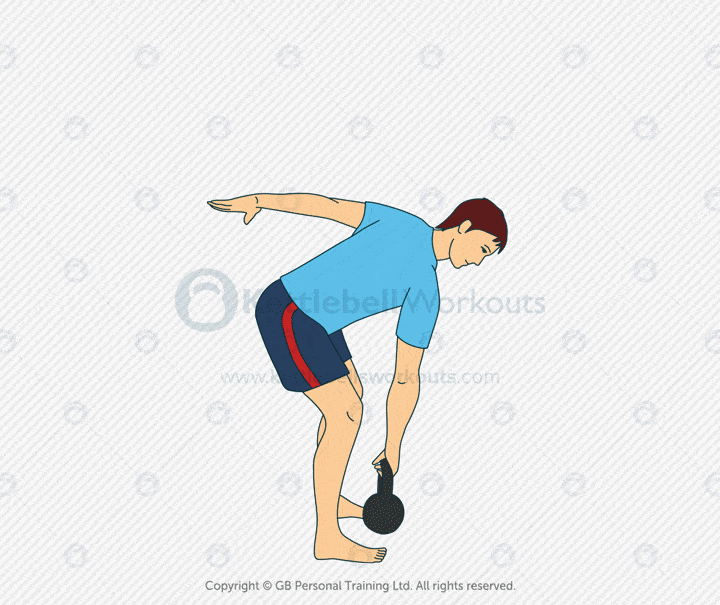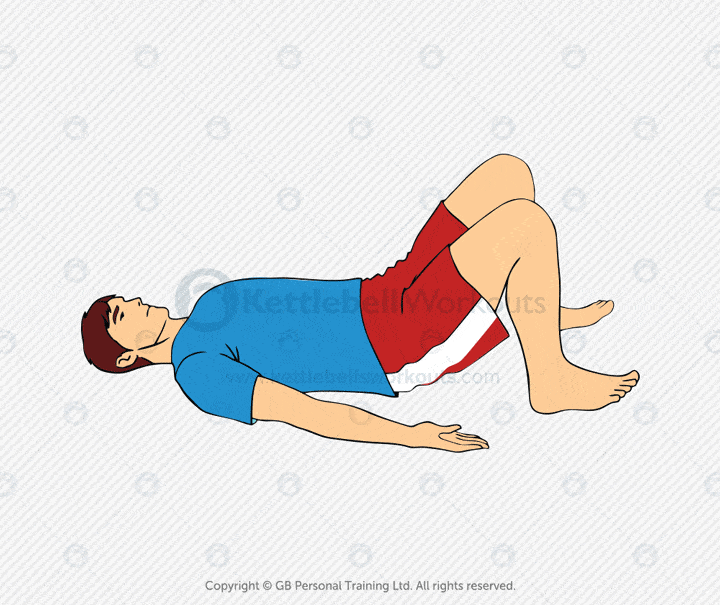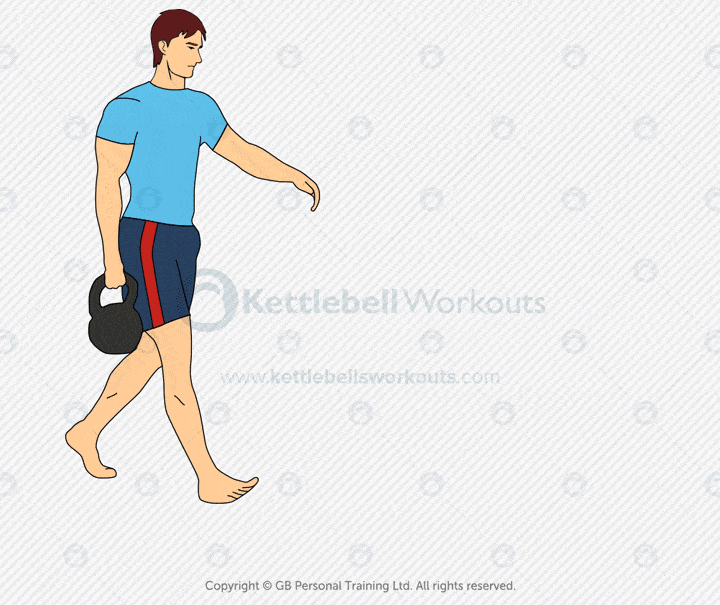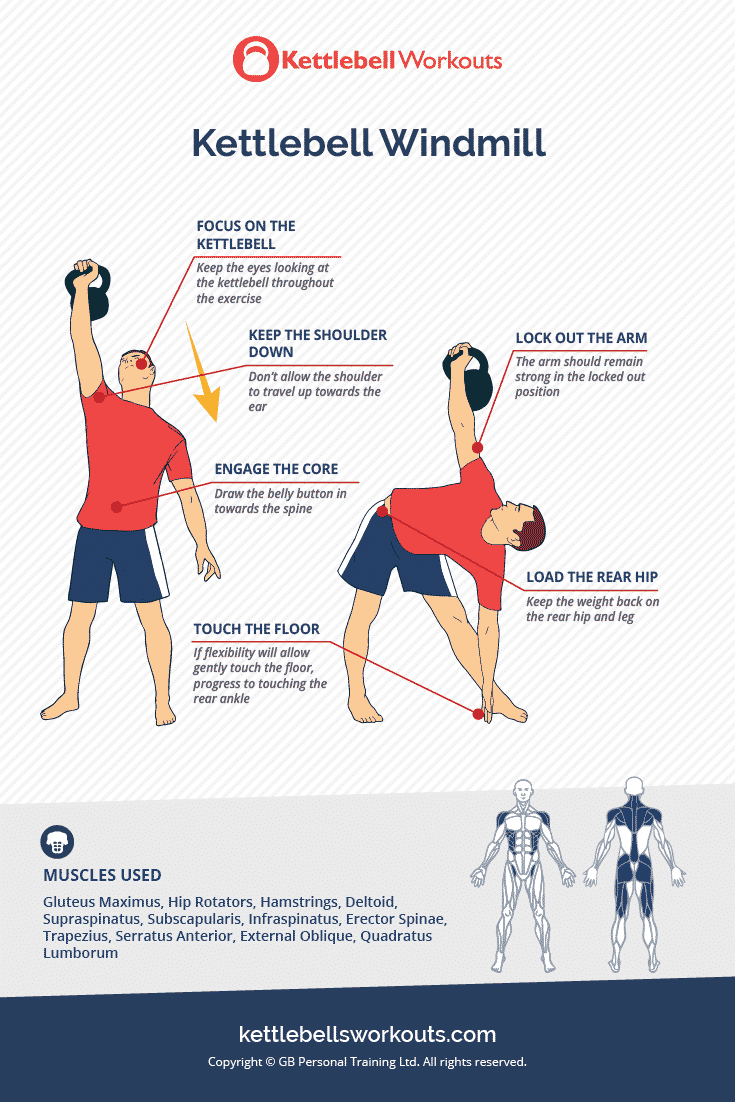Last Updated on 29 July 2025 by Greg Brookes

The kettlebell deadlift is the ultimate entry point into kettlebell training. It teaches proper hip hinge mechanics, builds full-body strength, and lays the foundation for more advanced lifts like the swing, clean, and snatch.
This guide focuses on the single-arm kettlebell deadlift, one of the most underrated variations. It forces core stabilisation, improves grip strength, and helps correct left-right imbalances in strength and posture.
Whether you’re brand new to kettlebells or refining technique, this drill belongs in your programme.
What Is the Kettlebell Deadlift?
The kettlebell deadlift is a hip-dominant movement where you lift a kettlebell from the ground by hinging at the hips, not squatting. It mimics the barbell deadlift but is more accessible and versatile.
The single-arm version adds an anti-rotational challenge, forcing your core and upper back to resist twisting while you lift.

Why It Matters
- Total-body strength: Works major muscle groups from legs to upper back
- Posture correction: Reinforces neutral spine and glute activation
- Grip and core development: The asymmetry of single-arm lifting lights up stabilisers
- Foundational training: Builds the base for dynamic lifts like swings and cleans
Muscles Worked
- Hamstrings and glutes
- Quadriceps
- Erector spinae (lower back)
- Trapezius and rhomboids (upper back)
- Forearms and grip
- Core and obliques (especially in the single-arm version)
How to Perform the Single-Arm Kettlebell Deadlift (Step-by-Step)
- Stand with your feet slightly wider than shoulder-width, kettlebell between your feet.
- Hinge at the hips, push your hips back while keeping your spine long.
- Grab the kettlebell with one hand, keeping your shoulder pulled back.
- Drive through your heels to lift, keeping your chest proud.
- Stand tall, fully extending your hips. Squeeze your glutes at the top.
- Lower the bell back down with control, maintaining hinge form.
- Repeat for reps, then switch hands.
Tip: Keep the weight close to your body throughout. Your spine should remain neutral, not rounded.
Watch the Single-arm Kettlebell Deadlift in Action:
Common Mistakes to Avoid
- Bending from the back instead of the hips
- Letting the shoulder round forward, engage your lat
- Pulling with the arm instead of driving with the hips
- Rushing the rep, use deliberate control
- Letting the kettlebell drift forward, keep it close to your centre of mass
If your hamstring flexibility is limited, elevate the kettlebell on a low box or step.
Warm-Up Drills to Prep for the Movement
- Hip hinge drill with dowel – 10 reps
- Glute bridge holds – 3 x 10 seconds
- Standing band pull-aparts – 15 reps
- Bodyweight good mornings – 10 reps

Programming Tips and Reps
- Reps: 6–10 per arm for strength, 10–15 per arm for endurance
- Use as: strength foundation, posture drill, grip and core primer
- Tempo: Slow on the descent, powerful on the lift
Pair With
When to Use This Exercise
- In beginner programmes to build hinge strength
- As accessory work for barbell deadlifts
- In fat-loss circuits where full-body load is key
- For correcting side-to-side imbalances
Coach’s Insight: Greg’s Take
The single-arm deadlift is one of my favourite tools for teaching real-world strength. It’s humble, but deceptively demanding. If you can control your torso under asymmetrical load, you’re already ahead of most lifters.
I also love it as a gateway to swings, get the hinge and tension right here, and swings become a natural progression.
Kettlebell Deadlift Variations
- Sumo Deadlift (Two Hands) – Wider stance, easier for beginners
- Boxed Sumo Deadlift – Increase range by standing on plates or blocks
- Suitcase Deadlift (One Side) – Bell beside one foot, adds anti-rotation
- Suitcase Deadlift (Two Bells) – Balanced load, good for heavier lifts
- Single-Leg Deadlift (One Kettlebell) – Posterior chain and balance focus
- Single-Leg Deadlift (Two Kettlebells) – For max single-leg strength
Sample Workouts
Workout 1: Single-Arm Deadlift + Core
- 10 reps each arm
- 10 slow mountain climbers
- 3 rounds, no rest
Workout 2: Deadlift + Side Plank
- 30 sec single-arm deadlift (right)
- 30 sec side plank (right)
- Switch sides, repeat x3
Workout 3: Suitcase Deadlift + Goblet Squat
- 10 suitcase deadlifts each side
- 10 goblet squats
- 3 rounds
Who Should Do This Exercise?
- Beginners learning hinge mechanics
- Lifters improving posture or back strength
- Clients needing grip, core, or unilateral strength
- Anyone training for performance or fat loss
Related Exercises You Can Try Next
- Kettlebell swing
- Goblet squat
- Kettlebell clean
- Single-leg Romanian deadlift
Want More Smart Kettlebell Training?
Explore my in-depth guides on kettlebell basics, hinge mechanics, and dynamic progressions. Whether you’re just starting out or refining technique, these resources will help you lift smarter, move better, and train with purpose.
Once your single arm deadlift feels strong, explore more foundational lifts in the kettlebell exercises guide.
Frequently Asked Questions
Glutes, hamstrings, quads, lower back, core, and grip. It’s one of the most comprehensive full-body lifts.
Yes, it builds foundational strength, posture, and fat-burning capacity. Ideal for all levels.
Start with sumo if you’re a complete beginner. Single-arm adds more challenge and core demand.
Less load, more accessible, easier on the spine. Great for form practice and unilateral strength.
Absolutely. They activate large muscle groups and elevate heart rate, making them perfect for metabolic training.




What size KB’s do you recommend? I see you use only 1 -2 different weights. Would it be advantageous to grab a bigger one for Deadlifts (like 60lbs or more) versus doing more reps with a lighter weight?
What are your thoughts on that? thanks!
Yes you can certainly lift much heavier with the deadlift movement pattern but then you may be stuck when using that kettlebell with other exercises. I have a complete article on buying and selecting kettlebells here.
These workouts look fun, interesting and challenging. I can’t wait to start using them in my daily workout routine. Thank you!